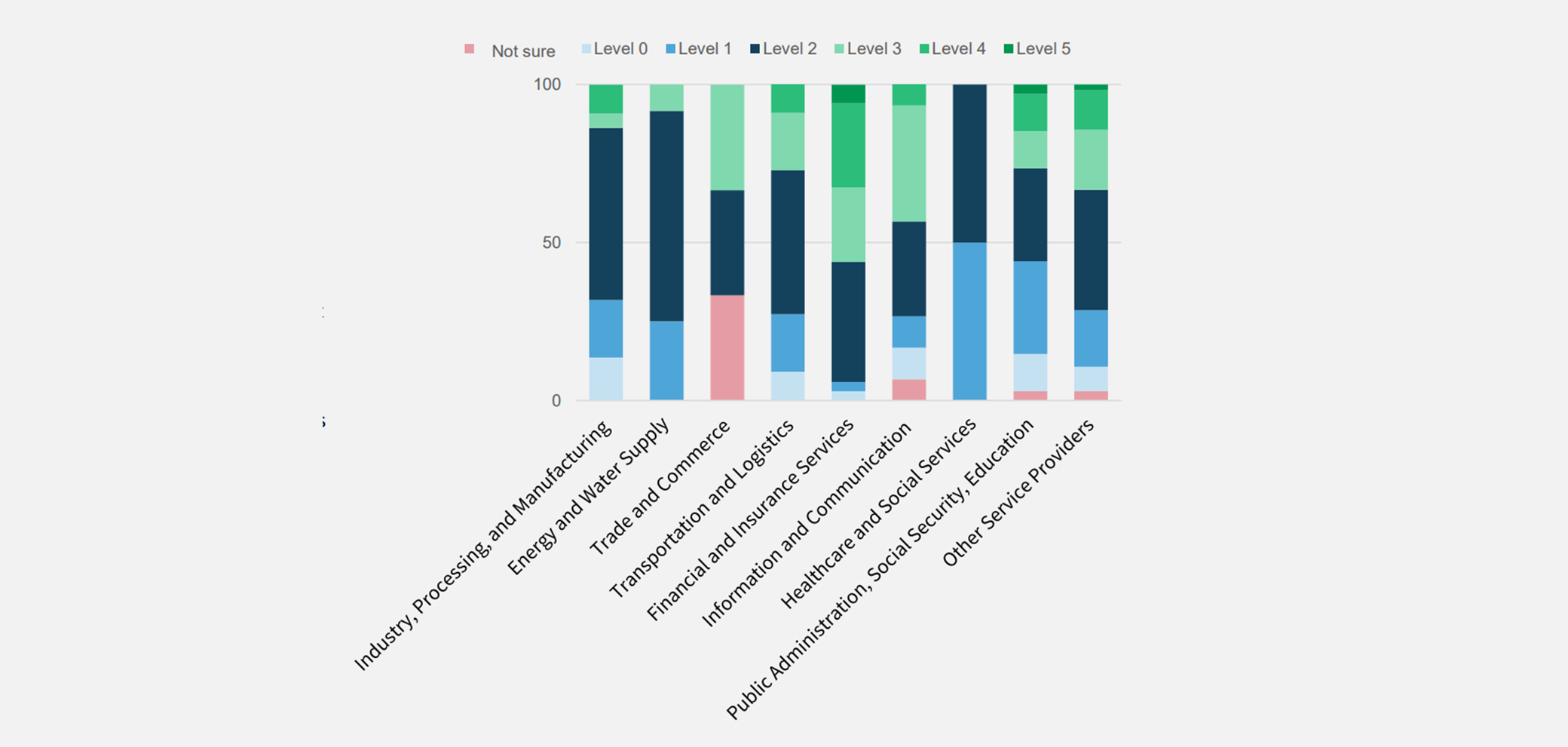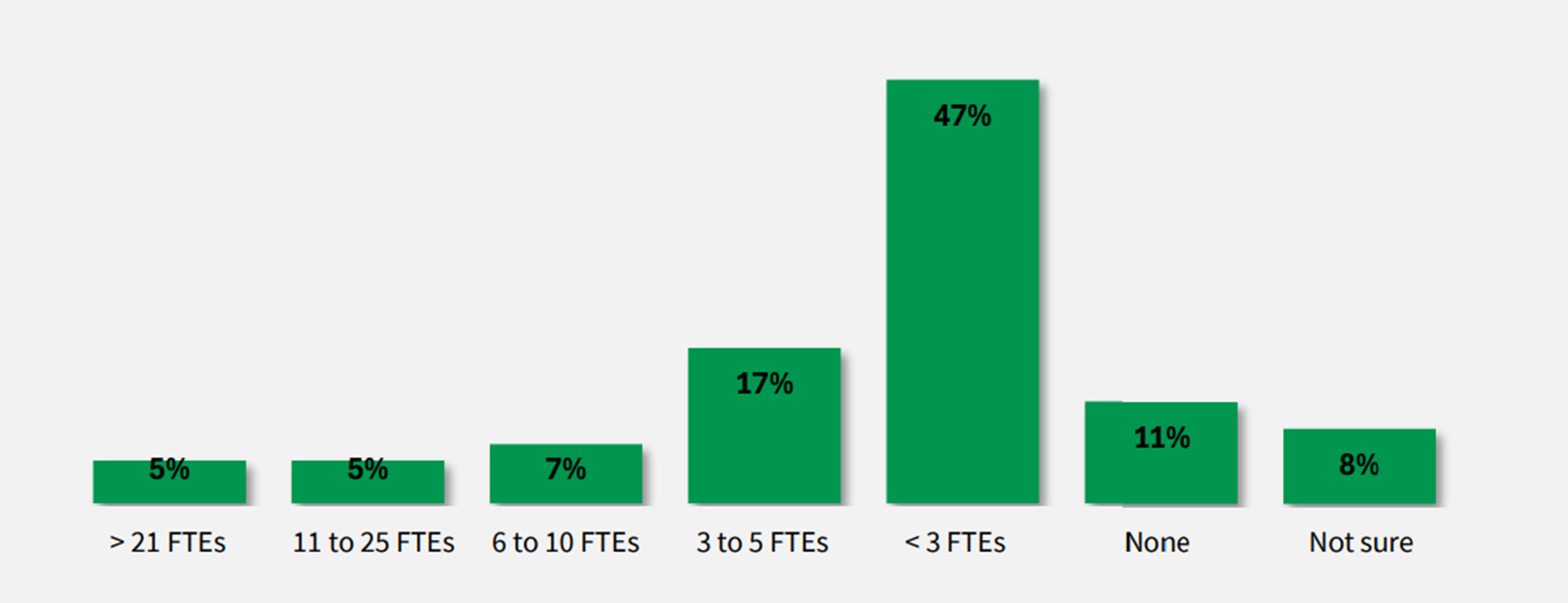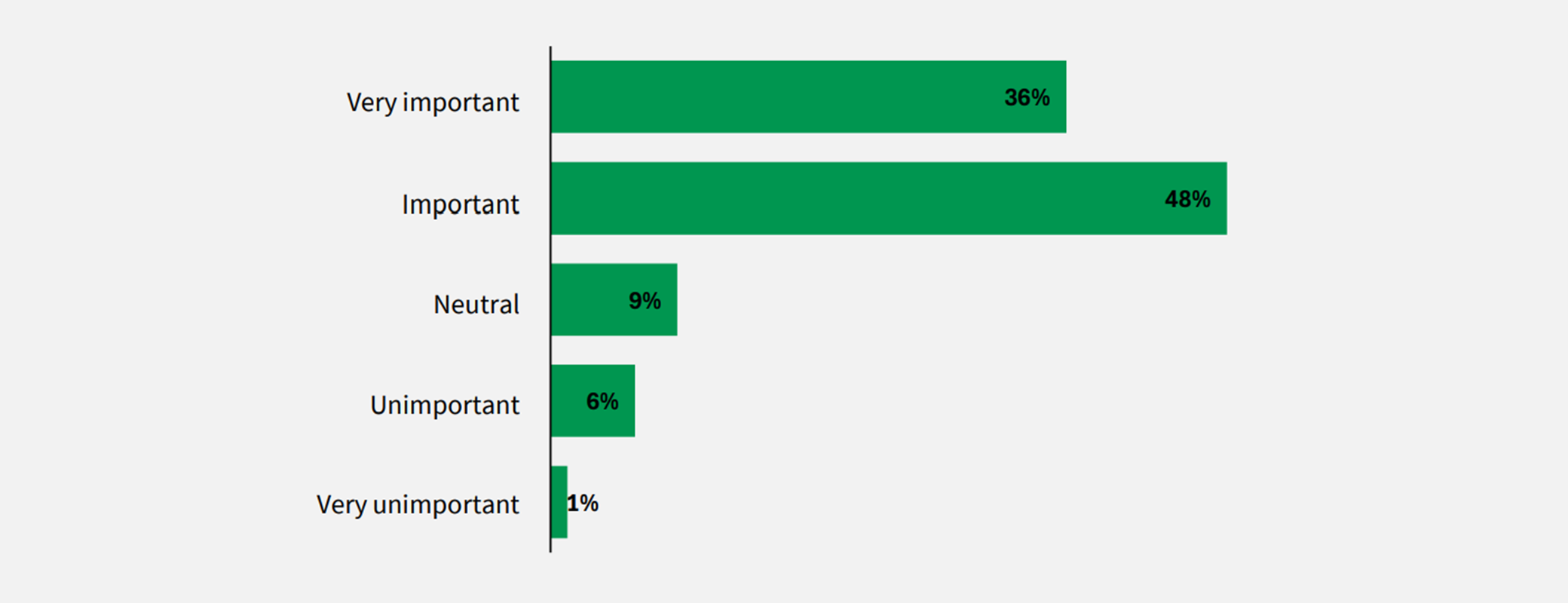Introduction
Over the past few years, Enterprise Architecture (EA) has become indispensable for managing the growing complexity of IT landscapes and ensuring strategic alignment. With rapid technological developments, like artificial intelligence, and rising demands for security and agility, EA’s role continues to grow in importance.
A recent study by BOC Group explored the practical implementation of EA across various industries, surveying over 150 companies of different sizes. The findings offer a comprehensive view of the current state of EA, highlighting the maturity levels, methods, tools, and key challenges organization face. Organized to serve both decision-makers and architects, the study delivers valuable insights into the factors that contribute to success in EA practices.
The key findings of the EA study include the following:
- EA teams are still small in many companies and the discipline is still at an early stage of development within many organizations.
- The importance of EA will increase significantly in the future, particularly with regard to the optimization of the application landscape and the strategic alignment of IT.
- Challenges such as high complexity and organizational resistance make implementation more difficult, whereas the use of modelling languages such as ArchiMate and EA tools such as ADOIT help to manage the enterprise architecture efficiently.
- In addition, the study shows that many companies are taking steps to drive the democratization of EA by involving experts from different areas in the process.
The insights gained from the study provide a reliable basis and are intended to serve as inspiration and support for companies wishing to further develop their EA strategy.
EA Maturity Levels
The level of maturity analyzed in the study indicates that EA is still at a development stage in many companies. A significant number of companies categorize their EA practices as ‘in development’, which suggests that they have taken the first steps towards a structured enterprise architecture, but have not yet reached the desired target state.
EA maturity level (development phase)
One third (34%) of the interviewed companies already have a thoroughly-defined process with a technical reference model (level 3), a managed and measured EA process structure (level 4) or continuous improvement measures (level 5).
A cross-industry analysis of the maturity level reveals clear differences that can be attributed to regulatory and technological requirements. Industries such as financial services and telecommunications tend to have higher maturity levels, while public administration still lags behind in comparison.
EA maturity level by industry
EA Team Size
Despite the increasing importance of EA, there is still room for expansion in terms of existing personnel resources. More than half of the companies surveyed have fewer than three full-time positions dedicated to EA initiatives. Only a small group of companies have larger teams with more than six employees.
EA team size
This discrepancy between the increasing importance of EA and the actual available resources is a key challenge, as smaller teams often find it difficult to manage the complex IT landscape efficiently.
Hint: Need support in setting up Enterprise Architecture (EA) in your company? Do not hesitate to book a quick chat with us.
Current Status of EA
Although many companies view EA as a critical framework for the future, its current significance is often underappreciated. A significant number of organizations rate the importance of EA as ‘neutral,’ suggesting that its strategic benefits are not yet fully understood or effectively communicated within the company.
«On the other hand, 84% of respondents are convinced that the importance of EA will be important up to very important in the future.»
This shows that the majority of respondents have recognized the crucial importance of EA for future corporate development, particularly in the areas of application landscape optimization and digitalization.
Evaluation of the future significance of EA
Summary
The study reveals that Enterprise Architecture (EA) remains a relatively young discipline, with many companies showing only a medium level of maturity. Resources dedicated to EA are often limited, and its significance is frequently rated as ‘neutral.’ Despite this, 84% of respondents are optimistic about the future, recognizing EA as a critical factor that will grow in importance in the coming years.
The outlook for EA shows that it is increasingly viewed as a strategic tool, essential for driving digital transformation and aligning IT with business processes.
If you’re interested in learning more about EA tools, practical application scenarios, and the challenges involved, download the full EA study. Gain valuable insights to help your company navigate digital transformation and enhance its Enterprise Architecture.









